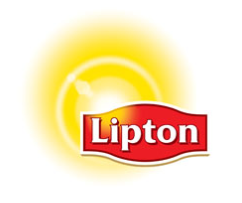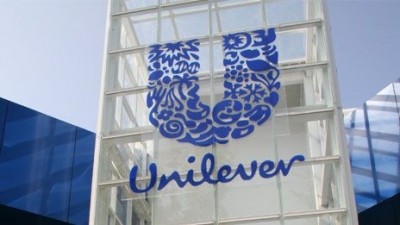Unilever files international ‘tea juice’ patent to boost tea taste and color

The firm claims that, by pressing juice from heated fresh tea leaves – in its international patent filed in May 2012, published on January 3 2013 – that the resulting liquid has improved properties, “especially in relation to tea taste and/or color of beverages prepared from them”.
The tea juices can then be diluted to produce beverages that Lipton brand owner Unilever said, in its world patent application (WO 2013/000653 A1) have a taste and color more familiar to tea consumers.
‘Valuable raw material’ for tea products
Describing ‘tea juice’ as a “valuable raw material for producing tea products”, Unilever said the patented process – invented by David Sharp at the company’s UK R&D center in Sharnbrook – could be used to produce green tea, oolong tea and black tea products.
Tea juices can be packed directly into sachets, pouches, capsules or bottles as beverage precursors, diluted with water to produce beverages or dried to make liquid concentrates or powders.
Unilever - the firm's executive VP of Global Beverages, Winfried Hopf, last week described tea as "hottest beverage" in the world - said its current invention provided an expressed tea juice with polyphenols and caffeine, with the weight ration of caffeine to total polyphenols at least 0.19.
Ideally, Unilever said, the ratio should be 0.22 to 0.30, with most preferable caffeine content 2.4-3.0 mg/ml, and most preferable polyphenol content 10.5-14mg/ml.
‘Expressing’ juice from fresh tea leaves
The method involves plucking fresh tea leaves, which are then (sometimes) withered to cut moisture content to 35-70%, since “biochemical and/or chemical changes taking place during withering may increase the yield of volatile flavor compounds in tea”.
Tea leaves may also be macerated (crushed) to liberate fermentable enzymes within plant cells and tissues and produce dhool.
In whatever form they are used, the fresh tea leaves are then (A) heated to a temperature above 40C (preferably 42C-45C); not so unduly high that it deactivates fermentation enzymes.
Step B of the invention involves ‘expressing’ juice from fresh tea leaves – with their temperature greater than 40C but below 77C, and after limited cooling following Step A – to produce leaf residue and tea juice.
The preferred temperatures for this step – which involves pressing leaves at a pressure of 73-1450psi for an ideal time range of 30s to five minutes – are at least 42C, more preferably at least 45C and most preferably at least 47C.
Unilever said the preferred amount of juice expressed was at least 100ml per kg of fresh tea leaves and preferably at least 200ml, but not too high, since residual leaves can also be used to manufacture tea products “of at least conventional quality” such as leaf tea and/or tea extracts.








